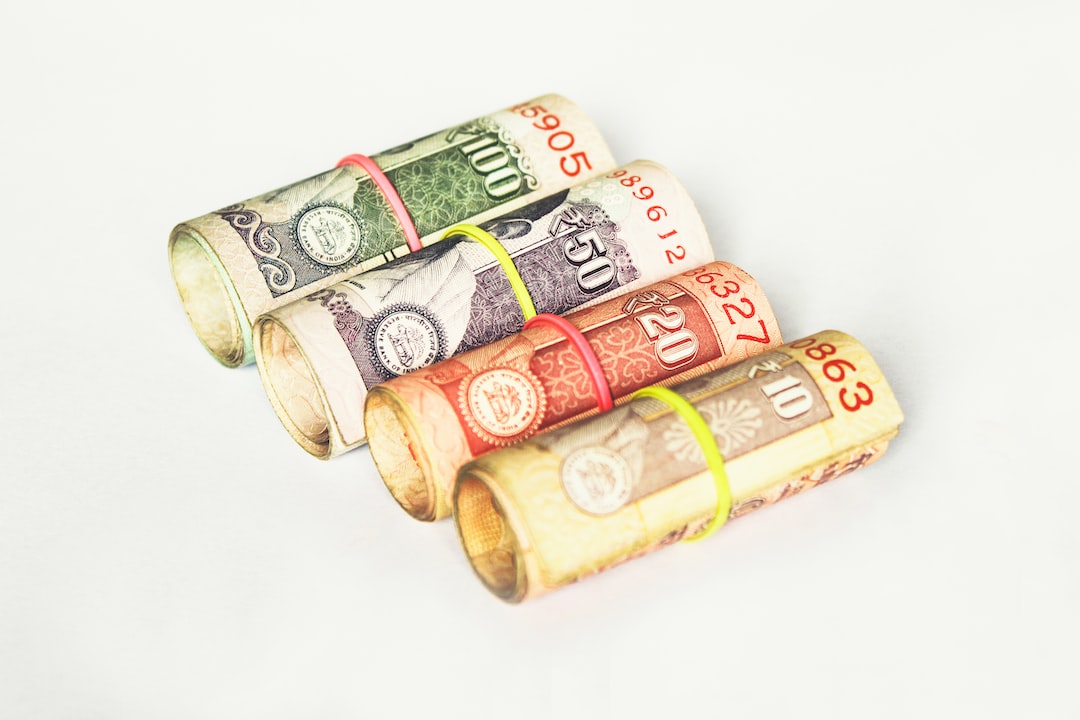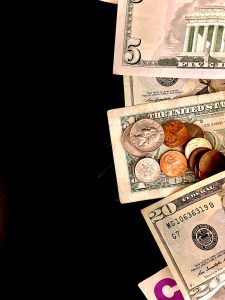Forex trading is a popular investment vehicle that allows traders to speculate on the price movements of currency pairs. The forex market is the largest financial market in the world, with an average daily turnover of over $5 trillion. One of the key advantages of forex trading is the ability to use leverage, which allows traders to control a large position with a relatively small amount of capital. In forex trading, leverage is expressed as a ratio, such as 20:1. In this article, we will explain what 20:1 leverage means in forex and how it can affect your trading.
What is leverage?
Leverage is a financial tool that allows traders to control a large amount of assets with a relatively small amount of capital. In forex trading, leverage is a ratio that represents the amount of capital required to open and maintain a position. For example, if you have a leverage of 20:1, it means that for every $1 of capital, you can control $20 of assets.
Leverage is essential in forex trading because it allows traders to amplify their gains and losses. If you have a profitable trade, the leverage can increase your profits. On the other hand, if you have a losing trade, the leverage can magnify your losses.
How does 20:1 leverage work in forex trading?
A 20:1 leverage means that for every $1 of capital, you can control $20 of assets. For example, if you have $1,000 in your trading account, you can open a position of $20,000 in the forex market. The margin required to open this position would be $1,000 (20:1 leverage x $1,000 capital = $20,000 position size).
Leverage is a double-edged sword, and it can significantly impact your trading results. A 20:1 leverage can increase your profits, but it can also magnify your losses. For example, if you have a losing trade with a 20:1 leverage, your losses will be 20 times higher than if you had opened the same position with no leverage.
Risk management is critical when trading forex with leverage. Traders should always use stop-loss orders to limit their losses and avoid over-leveraging their trades. Over-leveraging can quickly deplete your trading account and lead to margin calls.
What are the benefits of 20:1 leverage in forex trading?
The primary benefit of 20:1 leverage in forex trading is the ability to control a large position with a relatively small amount of capital. This can significantly increase your potential profits, but it also comes with increased risk.
Another benefit of 20:1 leverage is the flexibility it provides. With a 20:1 leverage, traders can open multiple positions simultaneously and take advantage of different market conditions. This can help diversify their trading portfolio and reduce their overall risk.
What are the risks of 20:1 leverage in forex trading?
The main risk of 20:1 leverage is the potential for large losses. If you have a losing trade with a 20:1 leverage, your losses will be 20 times higher than if you had opened the same position with no leverage. This can quickly deplete your trading account and lead to margin calls.
Another risk of 20:1 leverage is over-trading. Traders may be tempted to open multiple positions simultaneously, which can lead to over-leveraging and increased risk. Over-trading can also cause emotional stress and cloud judgement, leading to poor trading decisions.
Conclusion
In summary, 20:1 leverage in forex trading allows traders to control a large position with a relatively small amount of capital. This can increase potential profits, but it also comes with increased risk. Traders should always use stop-loss orders to limit their losses and avoid over-leveraging their trades. Over-trading should also be avoided, as it can lead to emotional stress and cloud judgement. Overall, leverage is an essential tool in forex trading, but it should be used with caution and proper risk management.






